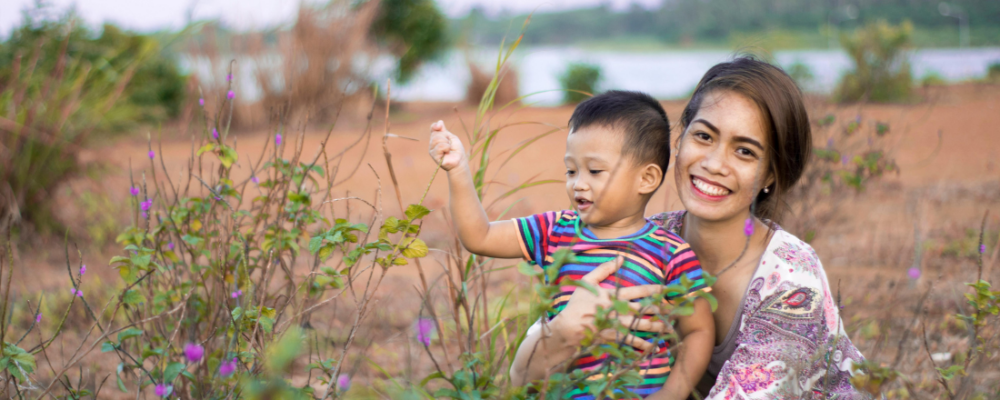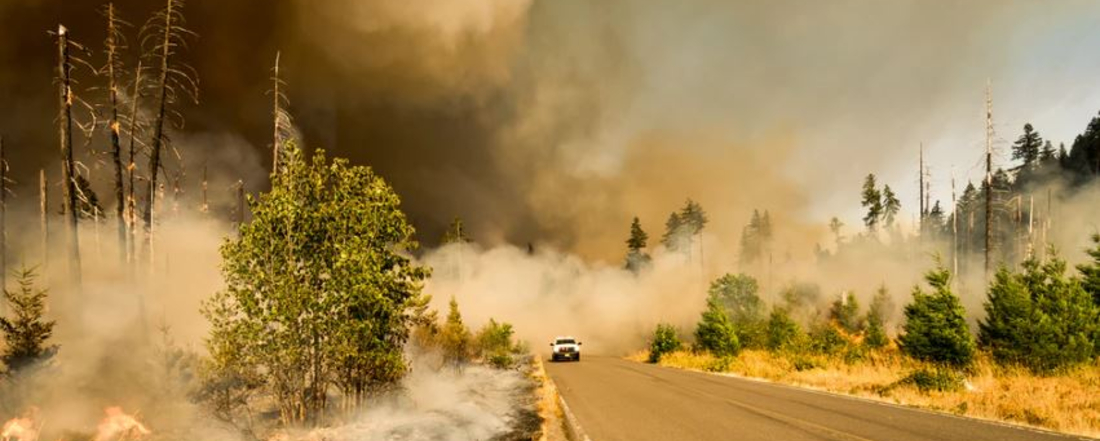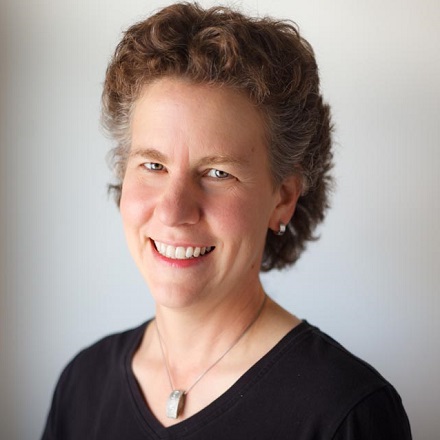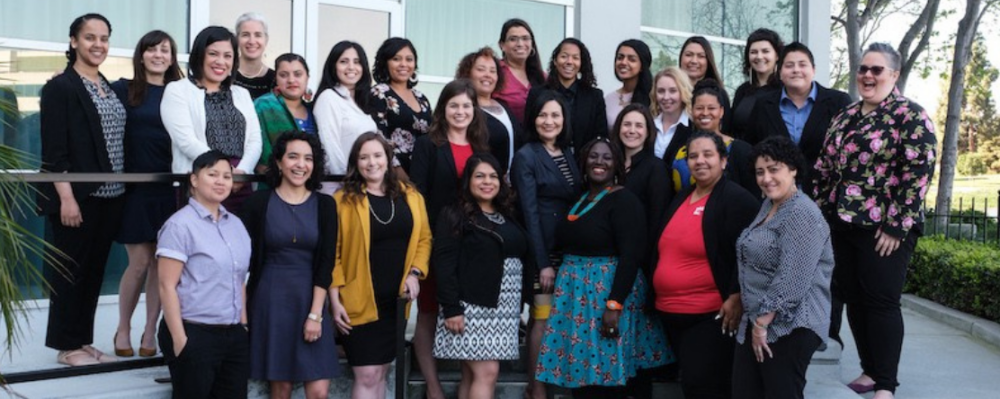
In the News
Smoke Choking California Again as Dangerous Fire Conditions Continue
- The Guardian
-
Focus Areas
Environmental Health -
Programs
Tracking California

Smoke from nearly two dozen wildfires burning across California will continue to darken skies across the west this weekend, as residents prepare for more heat, toxic air and conditions that are expected to keep fueling the flames.
The grey smoky haze coating much of the west – from Portland, Oregon, to Santa Barbara, California, has created hazardous conditions that public health officials are concerned will have an impact even after the smoke clears. Researchers at Stanford University attributed roughly up to 3,000 additional deaths in California to just one month of the wildfire smoke, especially for at-risk or elderly people.
Dr. Gina Solomon, a principle investigator for the Public Health Institute in San Francisco, says chronic exposure to the unsafe conditions takes a toll on lung capacity – and can have long term consequences.

Not only is this happening year after year, but it is happening week after week and month after month, for a significant portion of the year. What this means is it is more likely there will be long-term effects on people’s health. For children, that means their lung function may fail to increase each year, as it should, and adults will see declining lung capacity at a steeper slope. We might have made it to age 80 feeling good and not getting short of breath when climbing a hill – now we may only make it to age 75. It is insidious, it is subtle – but it is very worrisome.Dr. Gina Solomon of PHI’s Tracking California program
Numerous studies have linked bigger wildfires in America to the climate crisis. Rising temperatures in the west have created drier conditions that, combined with poor vegetation-management policies and human encroachment into fire-prone areas, driven by the state’s housing crisis, have led to the annual disasters. Scientists predict the worst of this record-breaking season may still be yet to come.
Click below to read the full story in The Guardian.
Originally published by The Guardian
More Updates
Work With Us
You change the world. We do the rest. Explore fiscal sponsorship at PHI.
Support Us
Together, we can accelerate our response to public health’s most critical issues.
Find Employment
Begin your career at the Public Health Institute.



